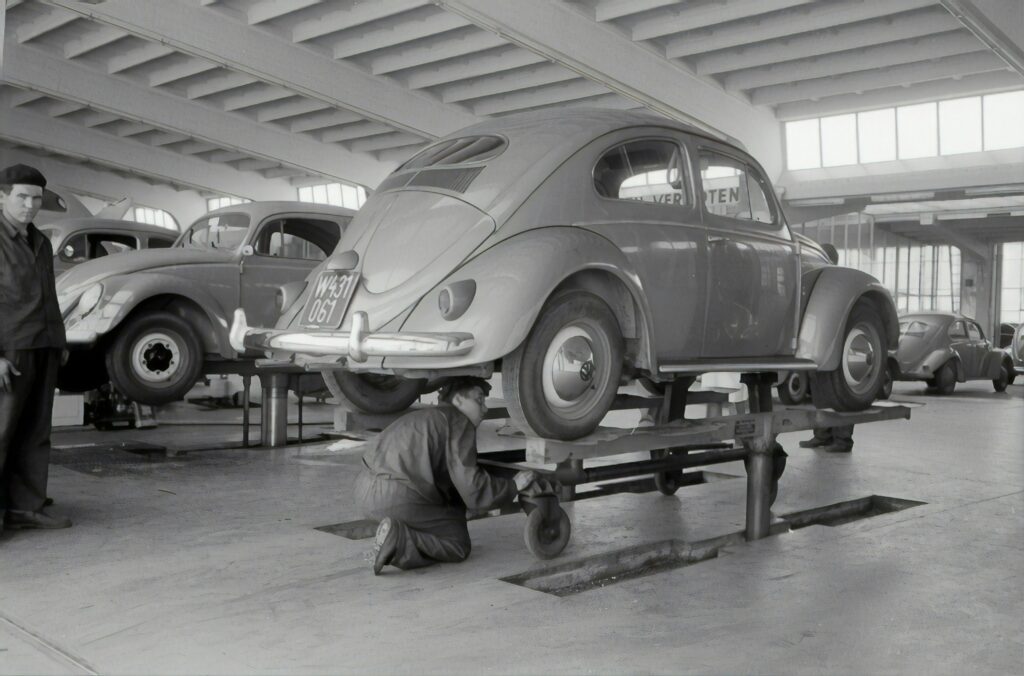The COVID-19 pandemic has brought about unprecedented changes across industries, and the automotive sector is no exception. As I delve into how the pandemic has reshaped the automotive industry, it’s clear that the landscape has undergone significant transformations. From shifts in consumer behavior to disruptions in the supply chain, the effects of the pandemic have been profound.
In this article, I’ll explore the key ways in which the automotive industry has adapted to the challenges posed by the pandemic. From the rise of online car sales to the acceleration of electric vehicle adoption, the industry has had to innovate and evolve rapidly. Join me as I uncover the lasting impacts of the pandemic on the automotive sector and how it continues to shape the future of mobility.
Shifts in Consumer Demand and Behavior
The COVID-19 pandemic has significantly altered consumer behavior in the automotive industry. Let’s delve into specific changes in demand and behavior that have emerged.
Increase in Personal Vehicle Demand
I’ve noticed a significant surge in the demand for personal vehicles during the pandemic. People are now opting for individual modes of transport to minimize exposure to crowds and shared spaces, aligning with the need for social distancing measures. This shift has led to a growing preference for owning a personal vehicle rather than relying on public transportation or ride-sharing services.
Changes in Buying Preferences and Priorities
When it comes to buying preferences and priorities, there has been a noticeable change in consumer behavior. Safety and hygiene have taken the forefront, with customers prioritizing features such as contactless services, thorough sanitization processes, and built-in health safety measures within vehicles. Additionally, there’s a growing interest in sustainability, prompting an increased demand for electric vehicles and eco-friendly transportation options. These shifts reflect a broader societal awareness and adaptation to the changing landscape of the automotive industry.
Impact on Automotive Manufacturing
The COVID-19 pandemic significantly disrupted the automotive manufacturing sector, causing widespread supply chain disruptions and prompting the industry to adapt to new safety protocols swiftly.
- Supply Chain Disruptions
Supply chain disruptions emerged as a primary challenge for automotive manufacturers during the pandemic. The closure of factories, restrictions on movement, and global logistics challenges led to delays in the production and delivery of vehicle components. This resulted in inventory shortages, production halts, and financial strain on manufacturers. - Adaptation to New Safety Protocols
Automotive manufacturers quickly pivoted to implement stringent safety protocols to protect workers and prevent the spread of the virus within their facilities. These included measures such as mandatory mask-wearing, temperature checks, social distancing on assembly lines, increased sanitization procedures, and remote work arrangements. By prioritizing employee health and safety, manufacturers aimed to maintain production continuity while ensuring a safe working environment.
Technological Advancements Accelerated by the Pandemic
The rapid changes brought about by the pandemic have accelerated various technological advancements in the automotive industry. From enhancing contactless services to boosting electric vehicle production, the sector has witnessed a significant transformation in response to the challenges posed by the global health crisis.
The Rise of Contactless Services
During the pandemic, the automotive industry saw a swift move towards contactless services to minimize physical interactions and enhance safety for both customers and employees. Car manufacturers and dealerships implemented innovative solutions such as virtual showrooms, online booking platforms for test drives and service appointments, and digital payment options. These advancements not only catered to the changing consumer preferences for minimal contact but also streamlined processes, resulting in a more efficient and convenient experience for all stakeholders involved in the automotive ecosystem.
Boost in Electric Vehicle Production
The pandemic acted as a catalyst for the accelerated production of electric vehicles (EVs) in the automotive sector. With a growing emphasis on sustainability and environmental consciousness, coupled with the push for cleaner energy sources, the demand for EVs surged during the pandemic. Automakers ramped up their efforts to meet this demand by investing heavily in electric vehicle production lines, battery technologies, and charging infrastructures. The shift towards EVs not only aligns with the sustainability goals of many countries but also signifies a significant step towards reducing carbon emissions and mitigating the environmental impact of traditional vehicles.
Market Trends and Financial Implications
Exploring how the pandemic has reshaped the automotive industry reveals intriguing market trends and financial implications. Let’s delve deeper into the economic challenges faced by automakers and the shifts in investment and funding in this evolving landscape.
Economic Challenges Faced by Automakers
In navigating the pandemic’s impact, automakers encountered significant economic challenges. With disrupted supply chains and fluctuating consumer demand, manufacturers faced production delays and revenue uncertainties. Despite swift implementation of safety protocols, the financial strain persisted due to reduced sales and increased operational costs. Adapting to these challenges required agile strategies and stringent cost-saving measures to maintain financial stability amidst economic uncertainty.
Shifts in Investment and Funding
The pandemic prompted notable shifts in investment and funding within the automotive industry. Investors redirected their focus towards technologies enhancing safety, contactless services, and sustainable transportation solutions. As consumer preferences veered towards electric vehicles and eco-friendly options, funding for research and development in this sector surged. Strategic partnerships and collaborations to innovate in areas like autonomous driving and connectivity gained momentum, reflecting a drive towards resilient and future-proof investments amidst evolving market trends.




